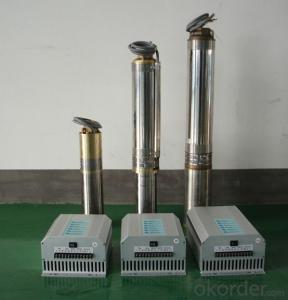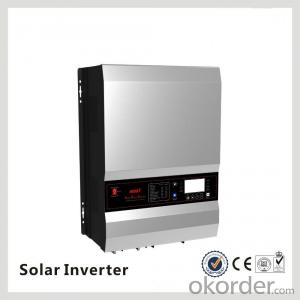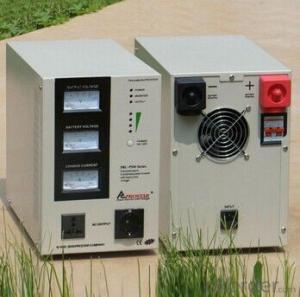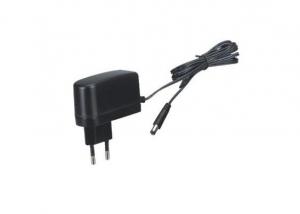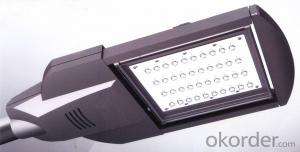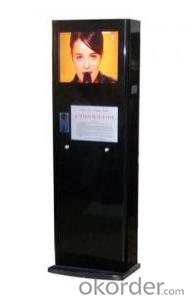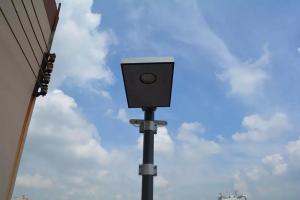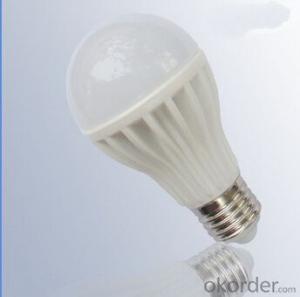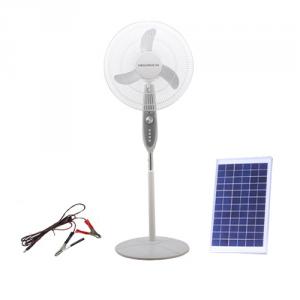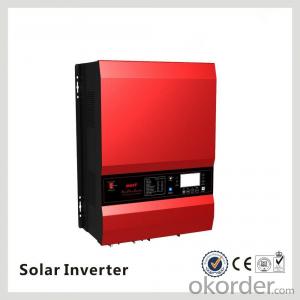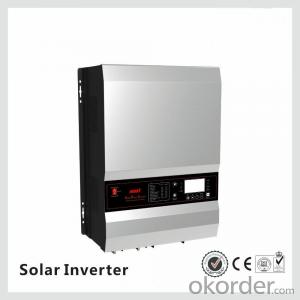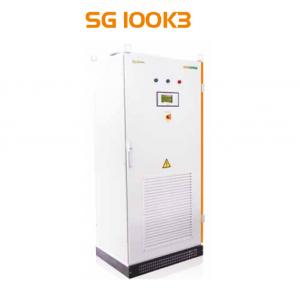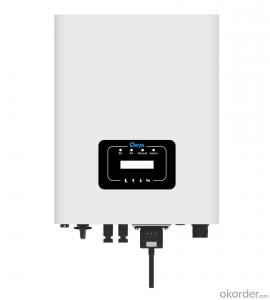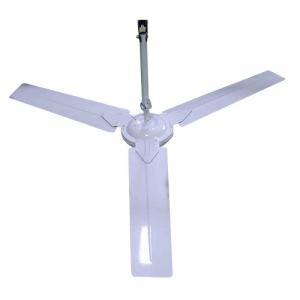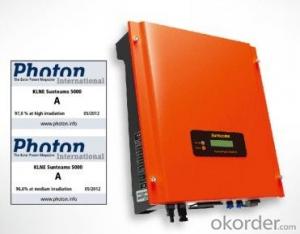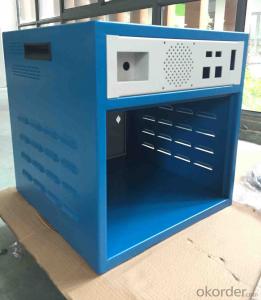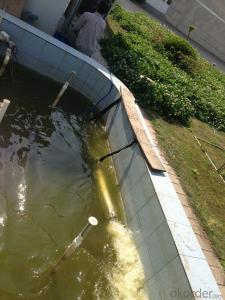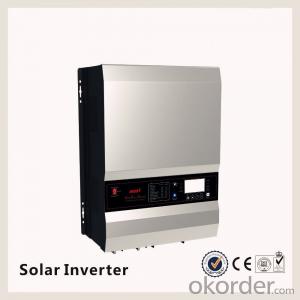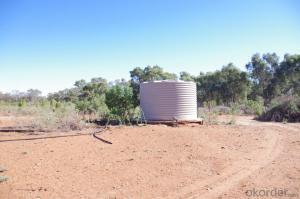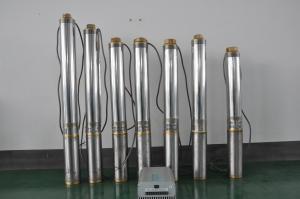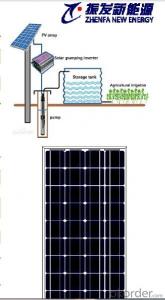12kw Solar Inverter
12kw Solar Inverter Related Searches
12kw Inverter Solar Solar Inverter 12kw 12 Kw Solar Inverter 12v Solar Inverter 12 Volt Solar Inverter 12v Solar Power Inverter 12 Volt Solar Panel Inverter Solar Power Inverter 12v 12v Solar Panel Inverter 1200 Watt Solar Inverter 12v Hybrid Solar Inverter 12 Volt Solar Inverter Charger Solar Ark 12k Inverter Best 12v Solar Inverter 12v Solar Inverter Charger 120v Solar Inverter 12v To 120v Solar Inverter 12000 Watt Solar Inverter 12v Solar Inverter Price Solar 120v Inverter Mppt Solar Inverter 12 Volt Solar Inverter Charger 12v 12v Mppt Solar Inverter 11kw Solar Inverter 2kw Solar Inverter 2kw Inverter Solar Solar 2kw Inverter Mpp Solar Inverter 12v 12v To 220v Solar Inverter 120/240 Volt Solar Inverter12kw Solar Inverter Supplier & Manufacturer from China
The 12kw Solar Inverter is a high-performance product designed to convert solar energy into usable electrical power for various applications. This inverter is engineered to optimize the efficiency of solar panel systems, ensuring a reliable and stable power supply. It is equipped with advanced features such as maximum power point tracking (MPPT) and islanding protection, which enhance its functionality and safety.The 12kw Solar Inverter finds its application in a wide range of scenarios, including residential, commercial, and industrial settings. It is particularly useful for large-scale solar installations where a significant amount of power is required. This inverter can be used to power homes, businesses, and even small communities, making it an essential component in the transition towards renewable energy sources. Its robust design and user-friendly interface make it a popular choice among solar energy enthusiasts and professionals alike.
Okorder.com is a leading wholesale supplier of the 12kw Solar Inverter, boasting a large inventory to cater to the growing demand for renewable energy solutions. As a trusted platform, Okorder.com ensures that customers receive high-quality products at competitive prices. By offering a comprehensive range of solar inverters, including the 12kw model, Okorder.com supports the global shift towards sustainable energy practices and helps customers harness the power of the sun efficiently and cost-effectively.
Hot Products
